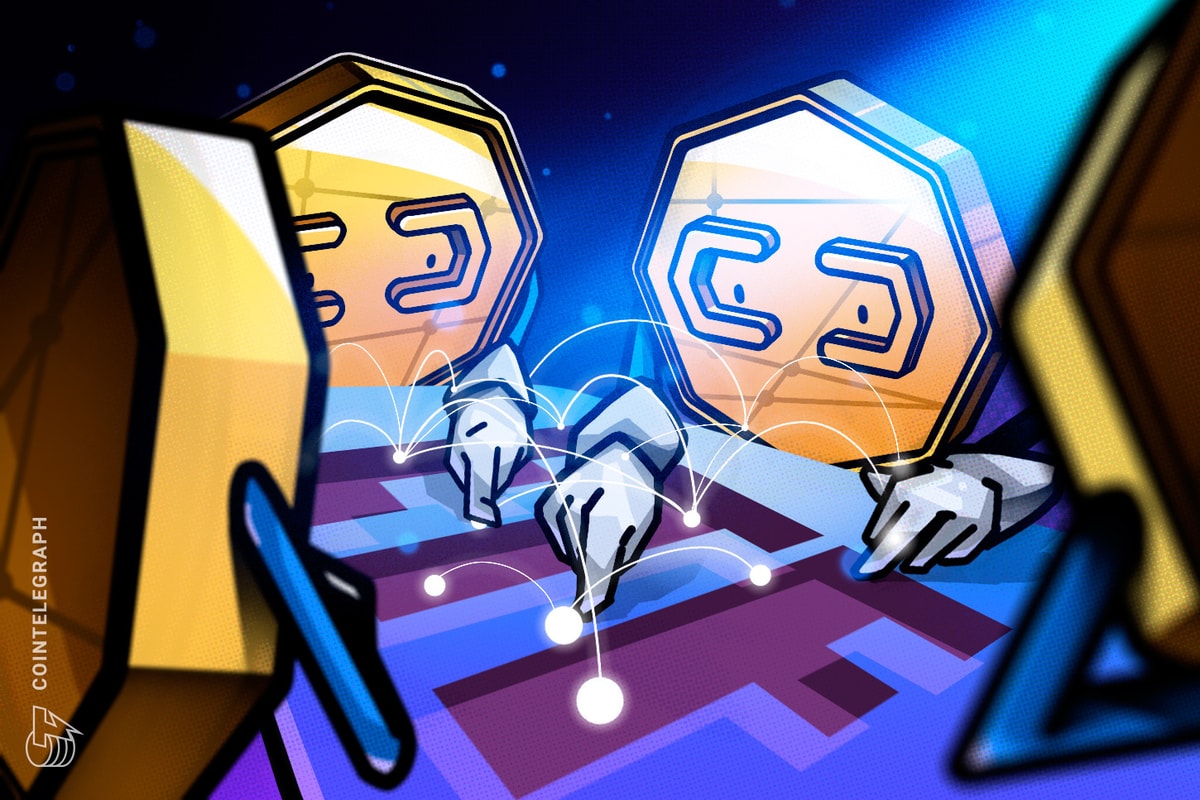Gas-free transactions will revolutionize Web3
5 min readScalability is one of the main hindrances within decentralized finance (DeFi) applications and has created huge barriers to entry. Closely linked to this has been the issue of high gas fees, which continues to be a major pain point for newcomers to the Web3 space. When Web3 goes mainstream, these gas costs will become minimal. For the user, the experience will become completely gas-less like how it is on Web 2.0 applications.
As a result of the lack of scalability and network congestion, gas fees have skyrocketed, further preventing users from performing various transactions on the blockchain. According to YCharts report, the average gas price on Ethereum is at a level of around 146 Gwei at the time of writing. The high cost of gas fees has become a financial nightmare for regular users in the Web3 space. This has led to the search for a solution that improves the decentralized finance ecosystem and makes it more usable and accessible.
Solving the scalability problem
So, the question becomes what steps can we take to minimize gas fees? While there are a number of strategies that can be taken to lower and mitigate gas expenses, most of them can be boiled down to either building a different layer 1 blockchain or making Ethereum better. Another area that has been heralded as a way to tackle this problem would be layer-2 scaling solutions.
Related: Even with Ethereum 2.0 underway, L2 scaling is still key to DeFi’s future
Layer-2 refers to a network or technology that operates on top of an underlying blockchain protocol to improve its scalability and efficiency. These layer-2’s use math and cryptography to validate transactions securely without sending as much information to the blockchain. It’s like batching together a thousand transactions for the cost of one, without giving up (too much) security. There is a range of layer-2 protocols that enable Ethereum users to cut their fees down to a bare minimum. Some examples include zero-knowledge Rollups, Optimistic Rollups and Plasma, among others. Each of them comes with different tradeoffs. Some are faster than others, some are more ironclad secure than others.
Gas fees will become thing of the past
Once the scalability issues are solved, gas fees become much more negligible. You can see that the gas fees on L2s are considerably cheaper in the figures below.
The next question becomes, why make the user pay for gas at every step? This is where gasless meta-transactions come into play. Meta transactions take things a step forward by allowing different users to transact on the public blockchain with zero transaction fees. The decentralized application (DApp) developer sponsors the negligible gas on the user’s behalf. This builds a more seamless UX since users don’t need to understand the inner workings of various blockchain platforms and gas fee dynamics.
Related: Ethereum fees are skyrocketing — But traders have alternatives
Meta transactions use cryptography where users have to sign the transaction and authenticate it. The major difference here is that a third party relayer removes the complexities by managing the transaction, paying the gas and, finally, completing the transaction by sending it to a receiving address.
Revolutionizing the Web3 space: Solutions to gas problems
There are a number of strategies besides the aforementioned solutions that can be utilized in order to mitigate or at the very least lower gas expenses:
Scheduling transaction times: Ethereum gas prices are known to fluctuate within the day as different on-chain events take place and as different parts of the world wake up. As a result, there are certain times during the day when gas prices are likely to be considerably lower. One way of lowering gas fees would be to take stock of these times and target them when making transactions. Research from Paxful has pinpointed the busiest and most expensive times to be between 8 AM to 1 PM (EST), with most of Europe and the United States being awake and at work during that time frame. Comparatively, midnight to 4 AM (EST) has been found to be a lot less busy and ultimately less expensive.
Using stable off-chain payment networks: Xpal off-chain payment channel is working to develop a payment solution that allows for instant transaction approvals in seconds by lowest fee through its share gas system. This is done by charging a nominal fee proportional to the payment amount.
Relayer infrastructure: The future of Web3 is multichain and gasless. The various chains, layers-twos and scaling solutions will all seamlessly combine to ensure scalability and speed. In an ideal world, the everyday user would be removed from blockchain headaches. They would not need to sort through all the different chains and layers-twos in order to use a DApp. It would simply happen in the background.
A multichain relayer network is the best solution to enable this vision. As explained in the diagram above, the user forwards their request to a relayer node (executor) who then manages the transaction on the user’s behalf. The DApp can then refund this relayer node with the gas fee for the transaction so the user does not have to either pay the gas fee or manage other transaction parameters to make it successful.
With such an infrastructure, users can connect their wallet to any DApp, instantly access their funds on any chain or L2/rollup and then enjoy a gasless experience everywhere.
Conclusion: The future of Web3
Web3 will only succeed in faster adoption or even replacing Web 2.0 completely if users are able to interact freely without the burden of paying high gas fees.
Everything we have seen in DeFi so far has literally just scratched the surface. We’ve caught a glimpse of what the future will hold for us. UX will play a paramount role, allowing us to scale and onboard new people.
We predict a future where transactions simply become free, instantaneous and safe. Take, for example, when you watch a movie on Netflix, you simply pay the subscription fee without having to deal with operation costs or hosting fees. By simplifying the Web3 user experience, the barrier to entry is lowered, ultimately becoming more open to a wider user base.
This article does not contain investment advice or recommendations. Every investment and trading move involves risk, and readers should conduct their own research when making a decision.
The views, thoughts and opinions expressed here are the author’s alone and do not necessarily reflect or represent the views and opinions of Cointelegraph.
Ahmed Al-Balaghi is the CEO and co-founder of Biconomy. Before that, Ahmed worked for Jabbar Internet Group, a Dubai-based venture capital firm. He also founded Encrypted, the largest podcast in MENA dedicated to fintech, blockchain and crypto assets. Prior to that, Ahmed spent time as a blockchain researcher in Shanghai, China. He has also worked for institutions such as Citibank, Dow Jones and Ofgem.







